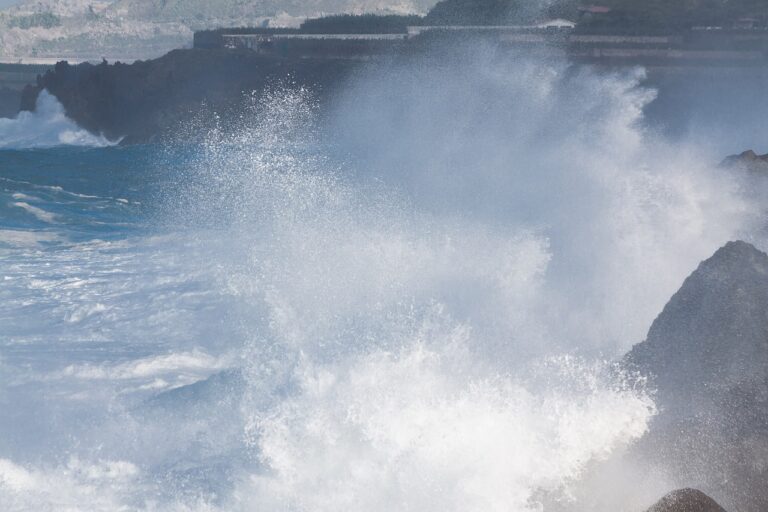The US Department of Commerce is to provide US$575m to help coastal and Great Lakes communities, including tribal communities in those regions, become more resilient to extreme weather and other impacts of the climate crisis.
The Climate Resilience Regional Challenge is the first and largest funding opportunity released under the US$2.6bn Inflation Reduction Act climate resilience framework.
Gina Raimondo, US Secretary of Commerce, said, “Through this first-ever regional approach to strengthening climate resilience, the Biden-Harris Administration is ensuring that communities across the country, especially underserved communities, have the resources they need to prepare for the growing impacts of the climate crisis. As part of President Biden’s Investing in America agenda, the Climate Resilience Regional Challenge will help communities that share common challenges work together to develop innovative solutions while equipping them with essential resources to build a climate-ready future.”
This competitive grant program has two distinct tracks for investing in holistic, collaborative approaches to coastal resilience at regional scales. Track One will support Regional Collaborative Building and Strategy Development (US$25m), with a focus on laying the groundwork for future resilience efforts. Track Two will support the Implementation of Resilience and Adaptation Actions (US$550m), with a focus on implementing transformational climate adaptation actions.
NOAA administrator Rick Spinrad, said, “While every coastal community feels the effects of climate change, many lack the resources and infrastructure they need to become climate-ready. Thanks to President Biden’s commitment to bolstering climate resilience, we are helping more coastal communities move toward action on climate resiliency efforts, which is an important first step — and in areas where the groundwork is already laid, NOAA is ready to support communities in taking action. This multi-faceted approach allows us to meet people where they are and help regional resilience efforts move forward.”
For more on extreme weather, click here.



